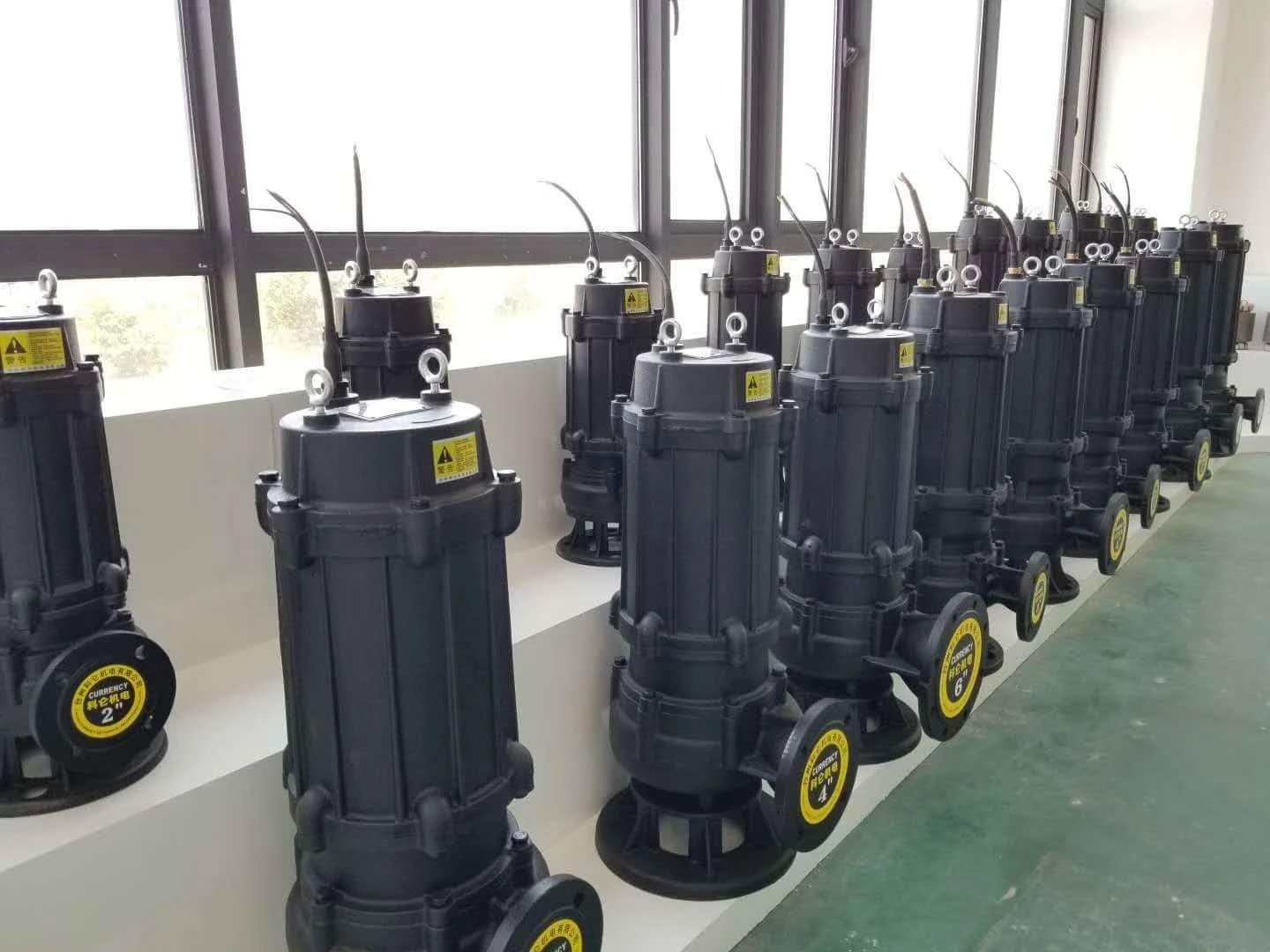English
- Afrikaans
- Albanian
- Amharic
- Arabic
- Armenian
- Azerbaijani
- Basque
- Belarusian
- Bengali
- Bosnian
- Bulgarian
- Catalan
- Cebuano
- Corsican
- Croatian
- Czech
- Danish
- Dutch
- English
- Esperanto
- Estonian
- Finnish
- French
- Frisian
- Galician
- Georgian
- German
- Greek
- Gujarati
- Haitian Creole
- hausa
- hawaiian
- Hebrew
- Hindi
- Miao
- Hungarian
- Icelandic
- igbo
- Indonesian
- irish
- Italian
- Japanese
- Javanese
- Kannada
- kazakh
- Khmer
- Rwandese
- Korean
- Kurdish
- Kyrgyz
- Lao
- Latin
- Latvian
- Lithuanian
- Luxembourgish
- Macedonian
- Malgashi
- Malay
- Malayalam
- Maltese
- Maori
- Marathi
- Mongolian
- Myanmar
- Nepali
- Norwegian
- Norwegian
- Occitan
- Pashto
- Persian
- Polish
- Portuguese
- Punjabi
- Romanian
- Russian
- Samoan
- Scottish Gaelic
- Serbian
- Sesotho
- Shona
- Sindhi
- Sinhala
- Slovak
- Slovenian
- Somali
- Spanish
- Sundanese
- Swahili
- Swedish
- Tagalog
- Tajik
- Tamil
- Tatar
- Telugu
- Thai
- Turkish
- Turkmen
- Ukrainian
- Urdu
- Uighur
- Uzbek
- Vietnamese
- Welsh
- Bantu
- Yiddish
- Yoruba
- Zulu
Telephone: +86 13120555503
Email: frank@cypump.com
Sep . 19, 2024 09:12 Back to list
sump pump for sewer
Understanding Sump Pumps for Sewer Applications
Sump pumps are essential devices used to manage water accumulation and drainage in various settings, particularly in basements and low-lying areas. They are especially critical in preventing flooding and water damage, but their role extends beyond just managing excess water; they can also be vital in sewer applications.
Sump pumps, when used in sewer contexts, serve to remove any unwanted water that may contain sewage or debris. This is particularly important in areas prone to heavy rainfall or high water tables where groundwater can infiltrate sewer systems, leading to backups and potential health hazards. This article aims to shed light on the importance of sump pumps in sewer applications, their types, installation considerations, and maintenance tips.
Types of Sump Pumps
There are primarily two types of sump pumps used in sewer applications pedestal pumps and submersible pumps.
1. Pedestal Sump Pumps These pumps are mounted above the sump basin and utilize a long shaft to reach into the water. They are easy to access for maintenance, often lasting longer than submerged options but generally less efficient in quiet operation.
2. Submersible Sump Pumps Designed to be submerged in water, these pumps can handle higher volumes of water and are quieter than pedestal pumps. Due to their design, they are often preferred in residential and commercial applications, especially for those handling sewage, as they can effectively manage solids and larger debris.
Installation Considerations
When considering the installation of a sump pump for sewer applications, several factors must be taken into account
sump pump for sewer

- Location The sump pump should be installed at the lowest point of the area prone to flooding. Proper placement ensures maximum efficiency and minimizes the risk of water accumulation around the residence. - Basins The sump basin should be large enough to accommodate high volumes of water. A basin with perforations allows groundwater to enter, while simultaneously keeping out larger debris. - Discharge Line The discharge line should be adequately sized and routed away from the foundation to prevent any backflow or pooling around the home.
Maintenance Tips
Regular maintenance of sump pumps is crucial for optimal performance, especially in sewer applications. Here are some maintenance tips
- Routine Inspections Periodically check the electrical connections and pump operation. Consider testing the pump by pouring water into the basin to ensure it activates.
- Clean the Basin Regularly remove dirt, debris, and sediment from the basin to prevent clogs and ensure efficient operation.
- Check the Battery Backup If using a battery-operated sump pump, check that batteries are charged and functioning, especially before storm seasons.
- Inspect the Discharge Pipe Ensure that the discharge pipe is free from obstructions and directed away from the foundation to prevent water from pooling around your home.
In conclusion, sump pumps play a crucial role in managing sewer water and preventing flooding, protecting your property and health. Understanding the types of sump pumps, installation considerations, and maintenance will ensure their effective performance when you need them most. Investing in a reliable sump pump system can safeguard your home against unexpected water intrusion and maintain a healthy living environment.
-
ISG Series Vertical Pipeline Pump - Chi Yuan Pumps Co., LTD.
NewsJul.30,2025
-
ISG Series Vertical Pipeline Pump - Chi Yuan Pumps Co., LTD.|energy-efficient fluid handling&industrial durability
NewsJul.30,2025
-
ISG Series Vertical Pipeline Pump - Chi Yuan Pumps | Advanced Engineering&Industrial Efficiency
NewsJul.30,2025
-
ISG Series Pipeline Pump - Chi Yuan Pumps | High Efficiency, Energy Saving
NewsJul.30,2025
-
ISG Series Vertical Pipeline Pump-Chi Yuan Pumps|High Efficiency&Reliable Performance
NewsJul.29,2025
-
ISG Series Vertical Pipeline Pump|High Efficiency&Low Noise
NewsJul.29,2025










